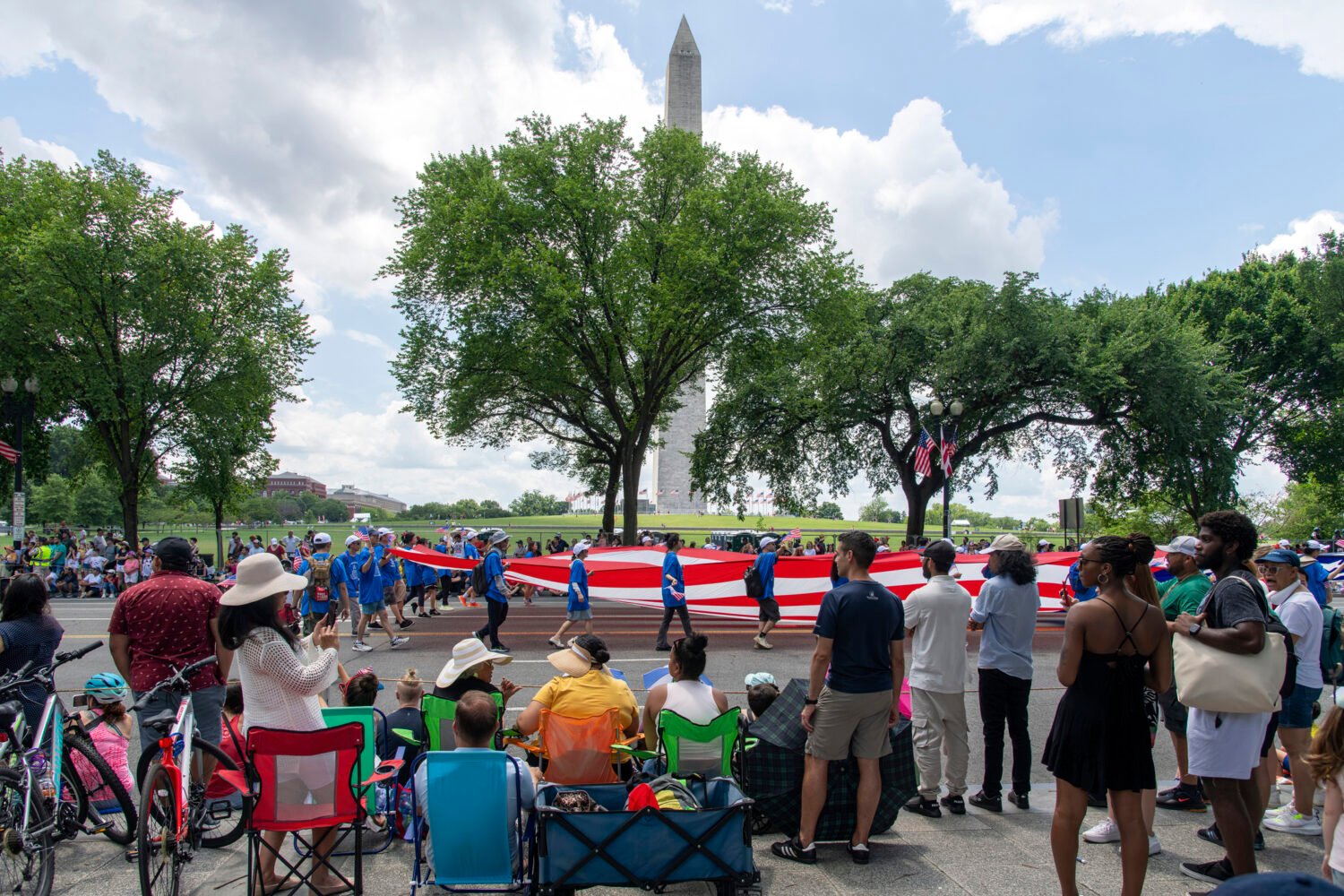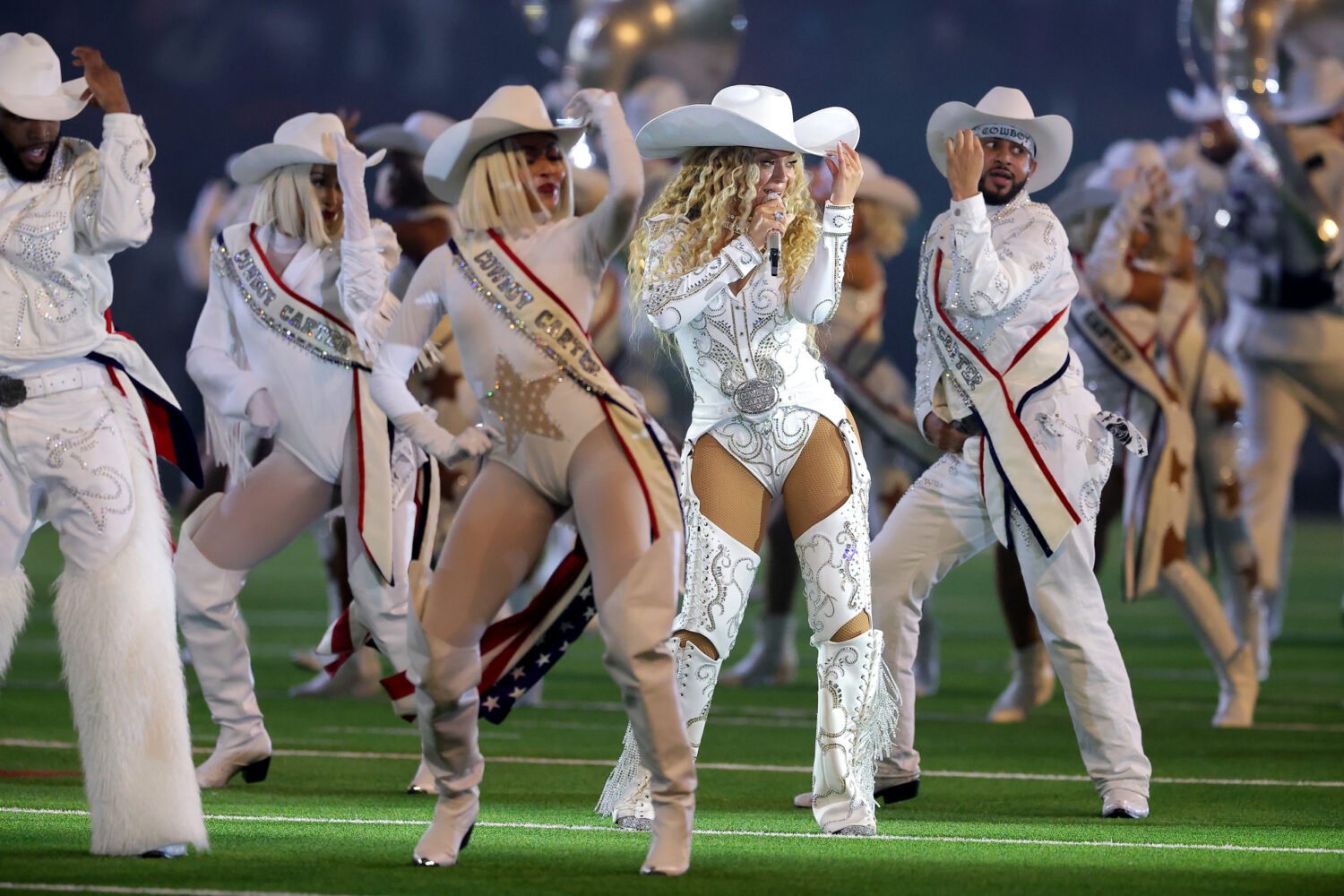On May 17, 1968, nine Catholic clergy and laypeople grabbed files from a Knights of Columbus hall that doubled as a Selective Service office in Catonsville, Maryland, doused the paperwork in homemade napalm, and waited, singing and praying, for the cops to arrive while it burned. The protest against the Vietnam War precipitated a wave of similar actions by the Catholic left prompted by the discovery that the government did not keep backup records.
“It kind of focused the protest movement,” says Joe Tropea, the curator of films and photographs at the Maryland Historical Society. “Previously you had groups like the Weather Underground who were putting on helmets and saying, ‘Let’s fight the cops.'” The “Catonsville 9” planned their action as a “hit and stay”—getting arrested and using their trials as publicity for their cause was part of the plan.
Tropea and the filmmaker Skizz Cyzyk made the 2013 documentary Hit & Stay about the wave of protests, which included an astonishingly successful attack on an FBI office in Media, Pennsylvania, in 1971. It will show at AFI Silver Theatre on Wednesday, May 22. Les Bayless, a member of the Silver Spring 3, will join the filmmakers at the screening.

Were the protests effective? “You can only really ever answer that in hindsight,” Tropea says. “I think it was effective because it shocked people, and it kept the antiwar movement in the headlines.” And yes, he says, “there were some actions where it did shut down the entire draft system.”

















